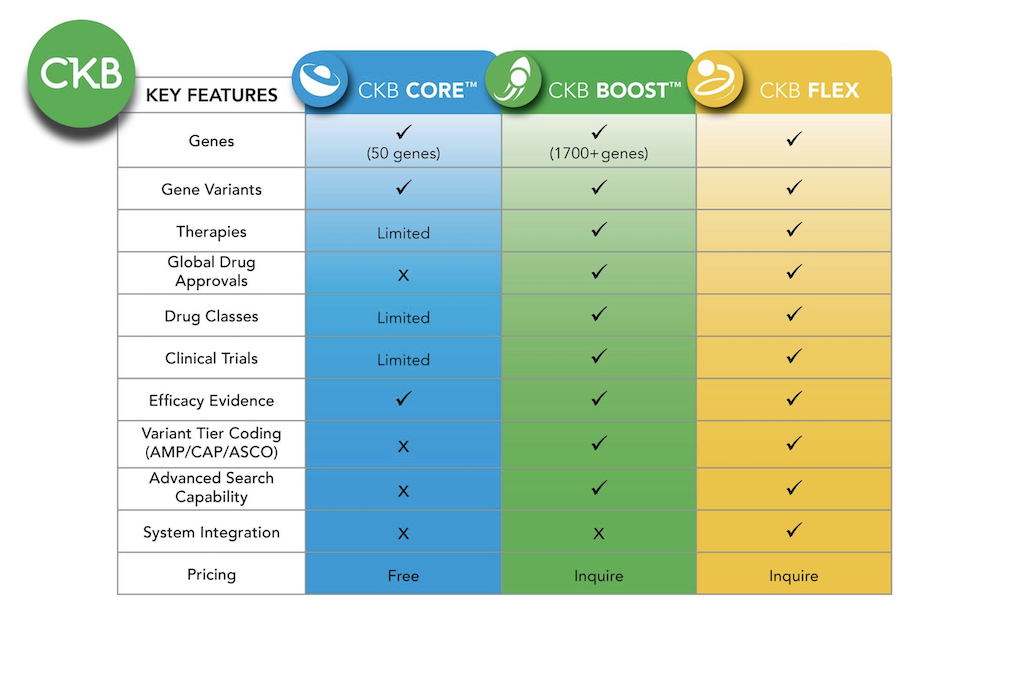Gene Detail
Contact
Missing content? – Request curation!
Request curation for specific Genes, Variants, or PubMed publications.
Have questions, comments, or suggestions? - Let us know!
Email us at : ckbsupport@jax.org
| Gene Symbol | GNAQ | ||||||||||
| Synonyms | CMAL | CMC1 | G-ALPHA-q | GAQ | SWS | ||||||||||
| Gene Description | GNAQ, G protein subunit alpha q, is a guanine-binding protein (G protein) subunit, which is activated following ligand binding to G-protein coupled receptors and functions in cell signaling (PMID: 27148356). GNAQ hotspot mutations impair intrinsic GTPase activity, resulting in constitutive pathway activation and are common in uveal melanoma (PMID: 23640210, PMID: 27148356) and have also been identified in nonuveal melanoma (PMID: 32064597), anastomosing hemangioma (PMID: 31707589), natural killer/T cell lymphoma (PMID: 31527657), and circumscribed choroidal hemangioma (PMID: 31336681). | ||||||||||
|
|||||||||||
Additional content available in  CKB BOOST
CKB BOOST
